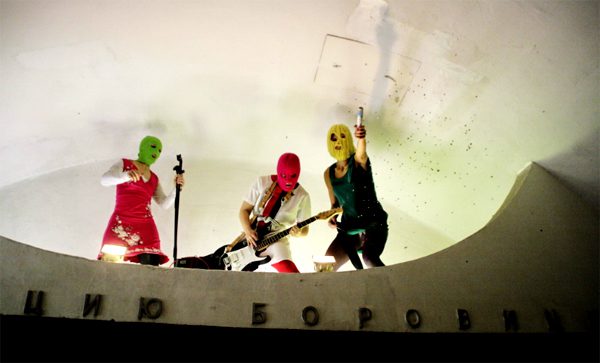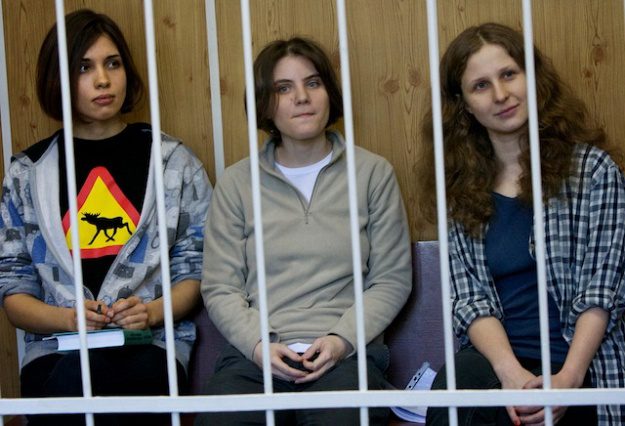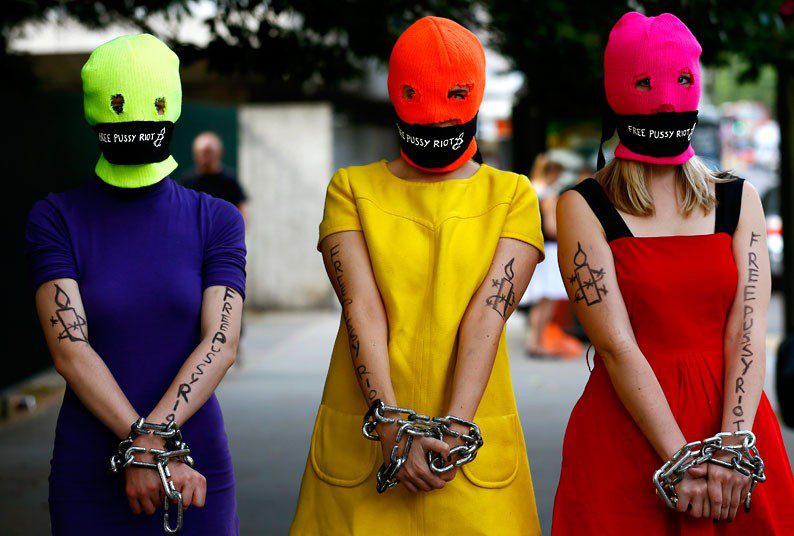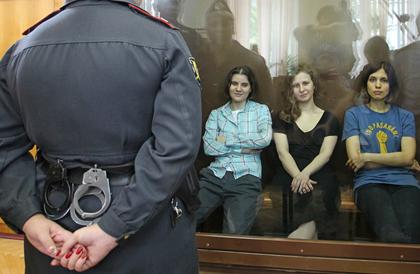More to read on moving food from farm to market to table.
Roger Horowitz, Putting Meat on the American Table: Taste, Technology, Transformation (2005).
Horowitz describes a history of the relationship of meat and consumers that is similar to the European experience.
Paula Young Lee, ed. Meat, Modernity, and the Rise of the Slaughterhouse (2008).
An edited selection of essays that address issues related to meat in our cities. Meat markets heighten concerns about sanitation and animal welfare.
George Dodd, The Food of London. 1856 (reprint 2010).
A detailed description of London’s food system through the eyes of a 19th century journalist and surveyor.
Carolyn Steel, Hungry City: How Food Shapes Our Lives (2009)
A British architect describes how cities and food markets have evolved through history.


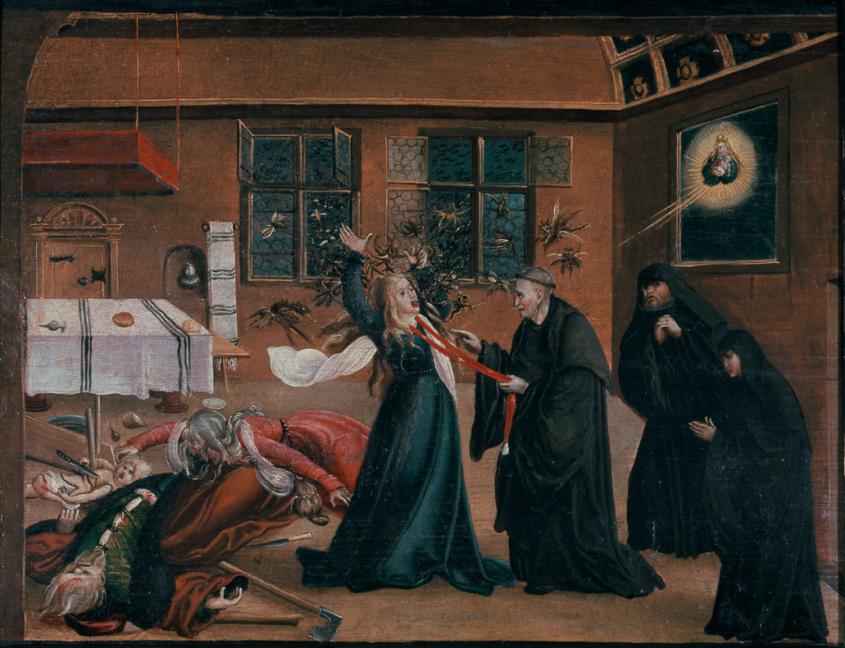

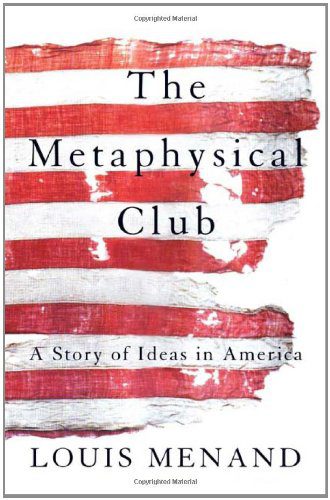
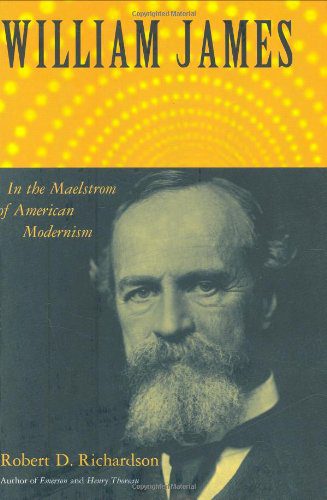


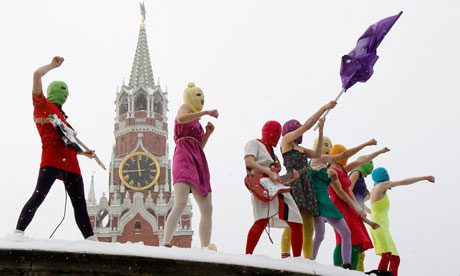
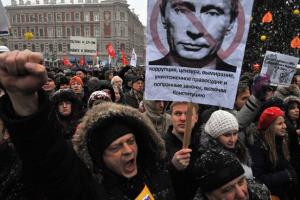 Just as the demonstrations were winding down, this group of young women, dressed in boldly colored dresses and tights, and masking their faces with equally bright balaclavas, or ski masks,
Just as the demonstrations were winding down, this group of young women, dressed in boldly colored dresses and tights, and masking their faces with equally bright balaclavas, or ski masks, 